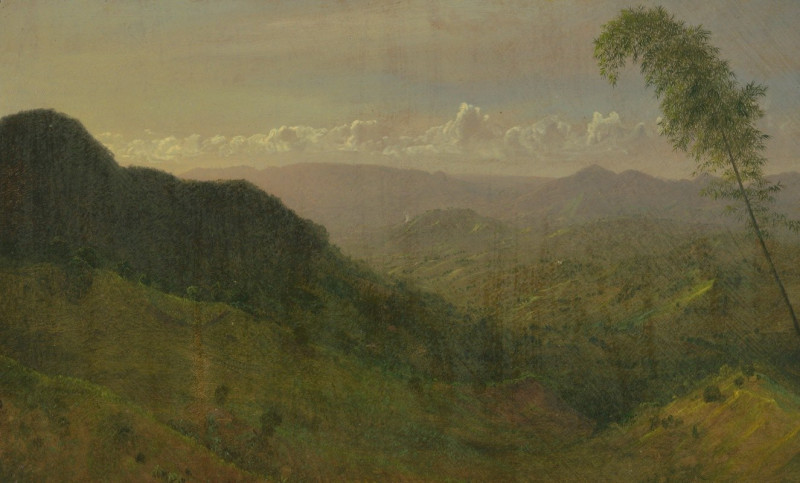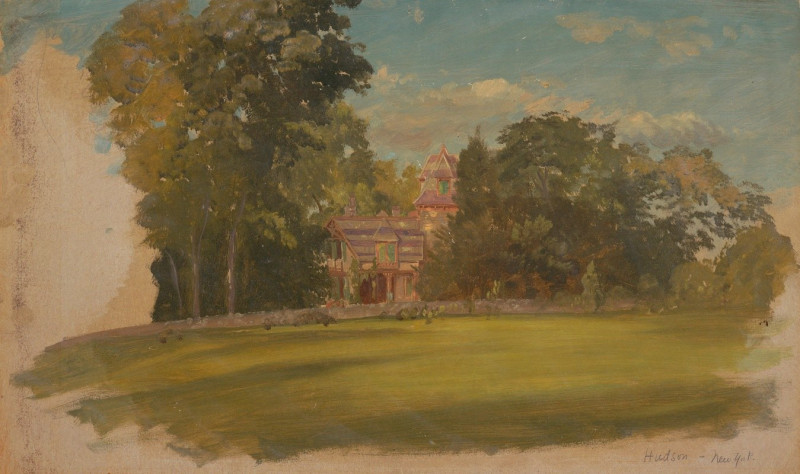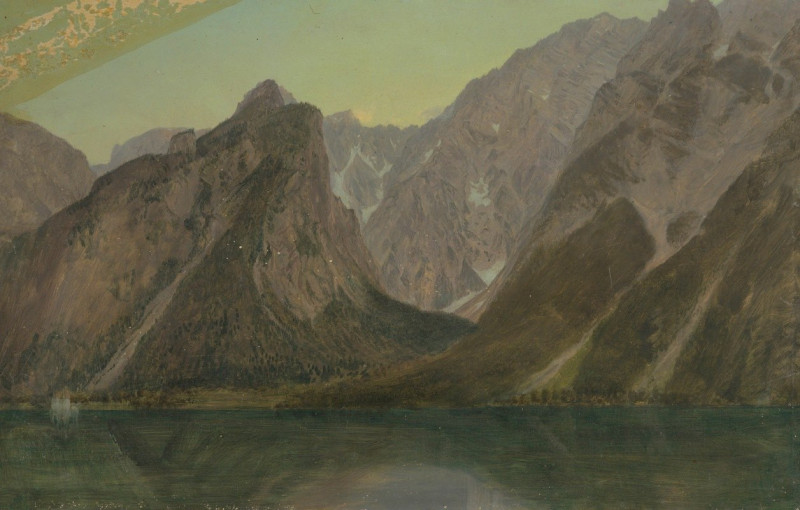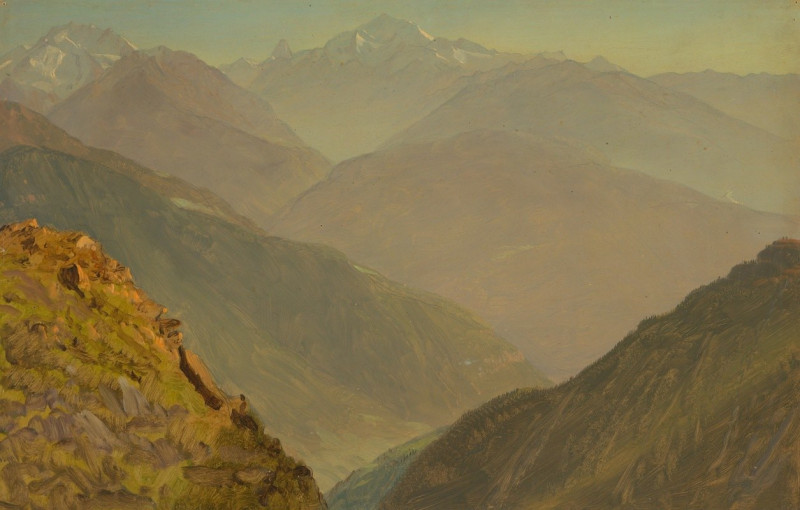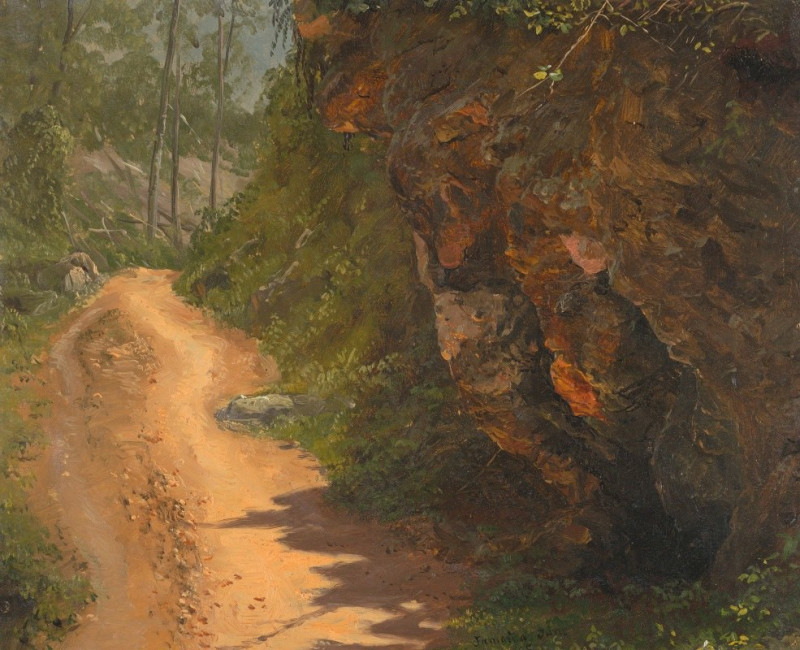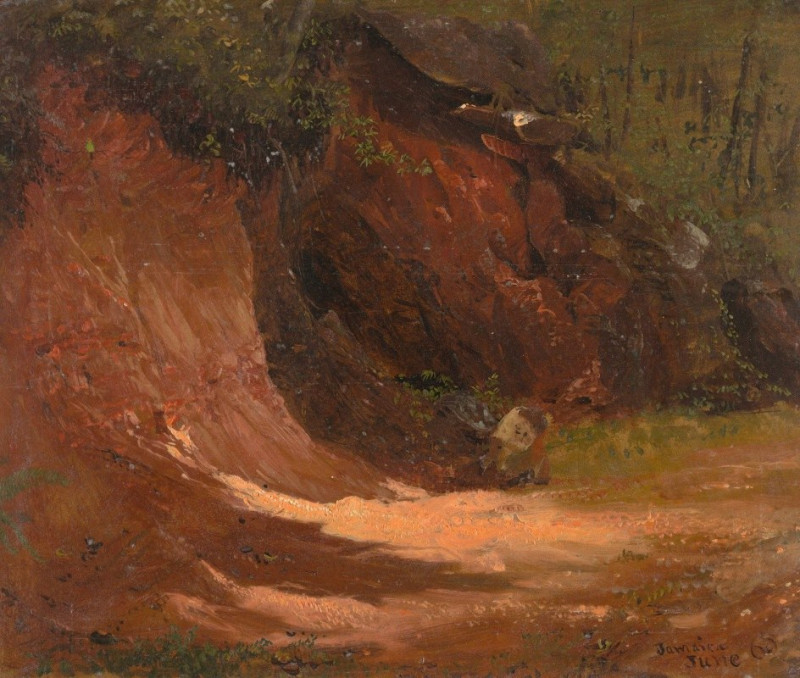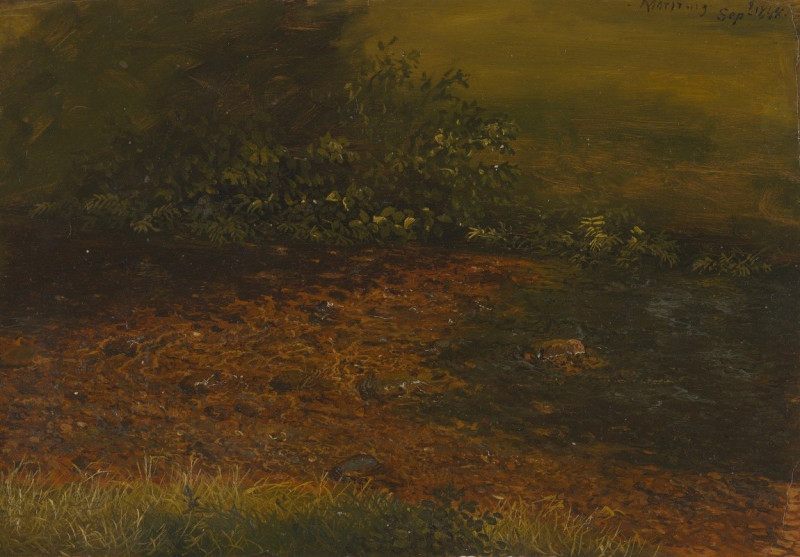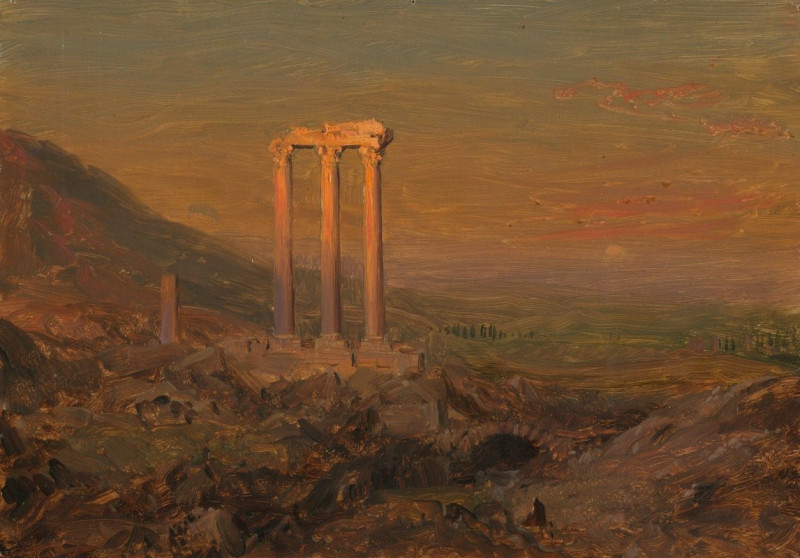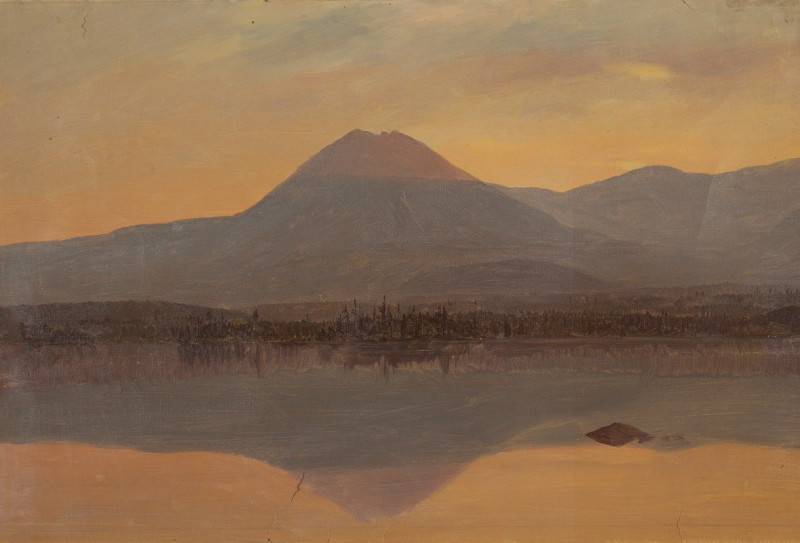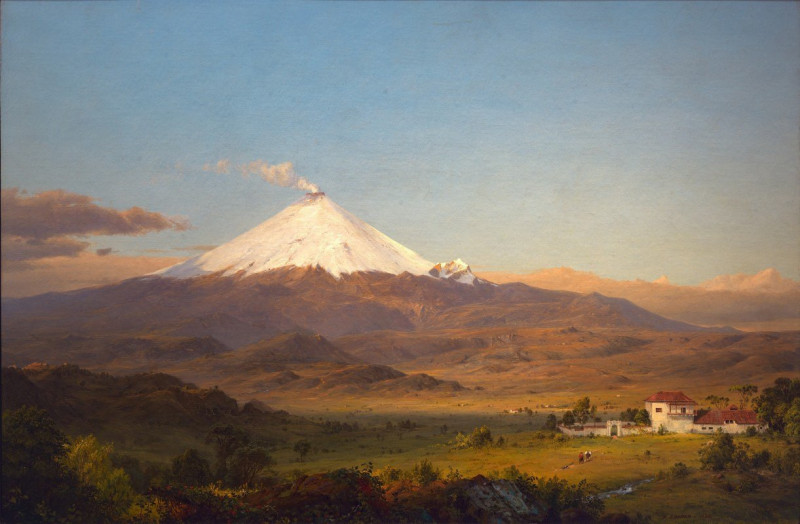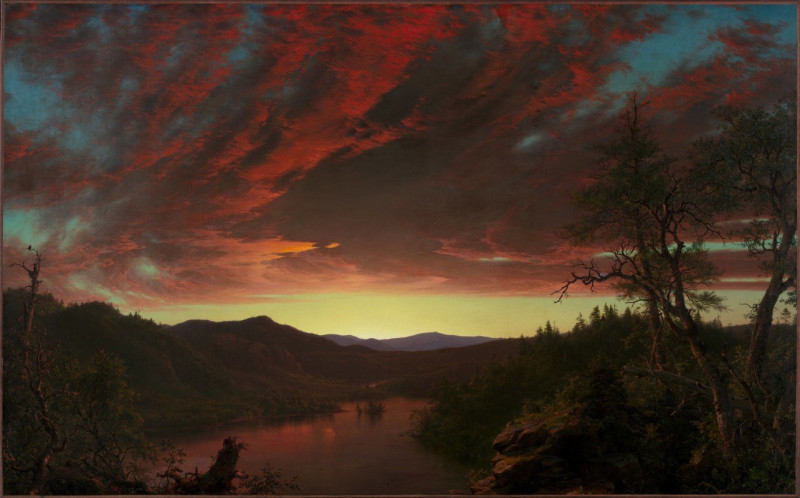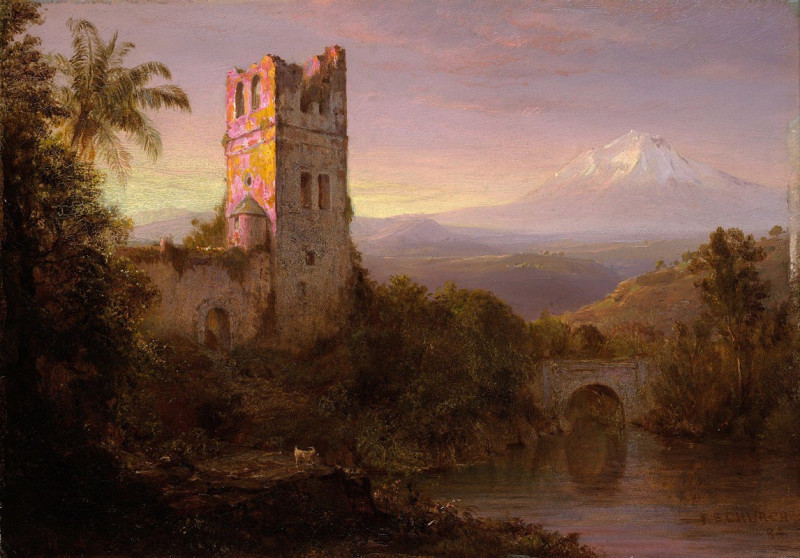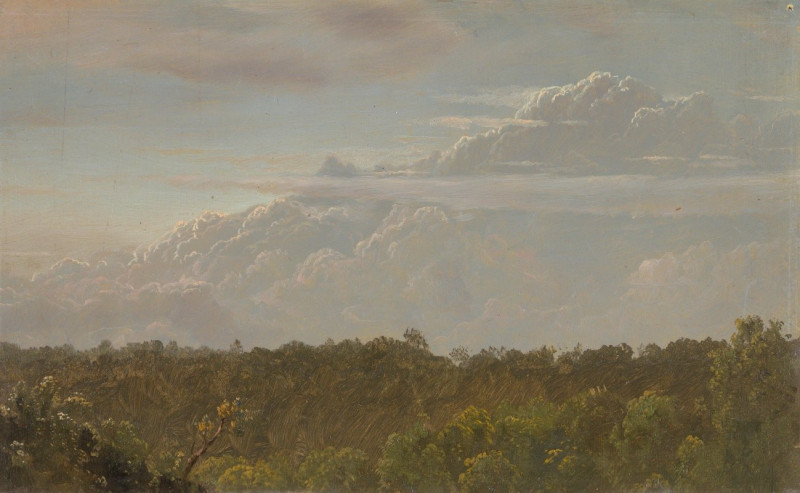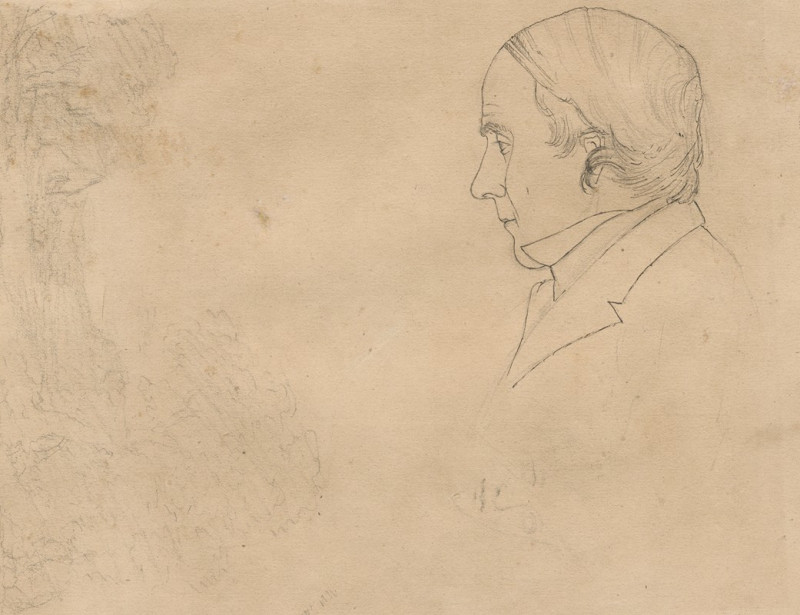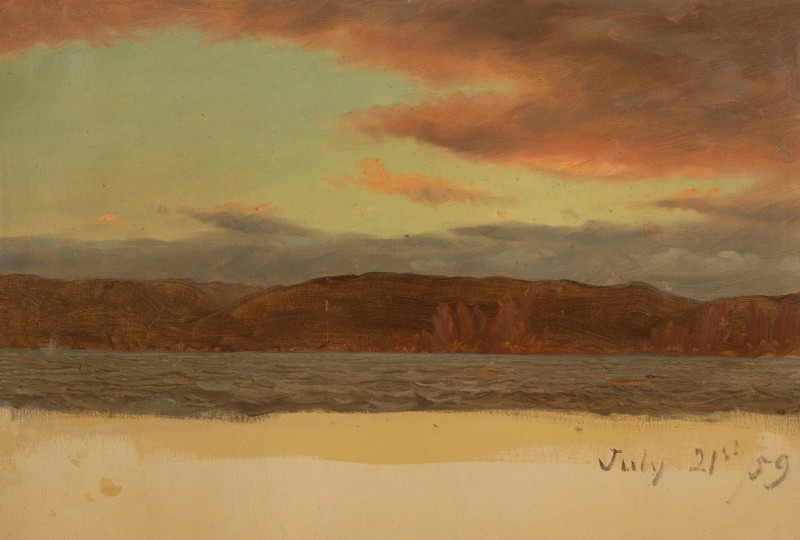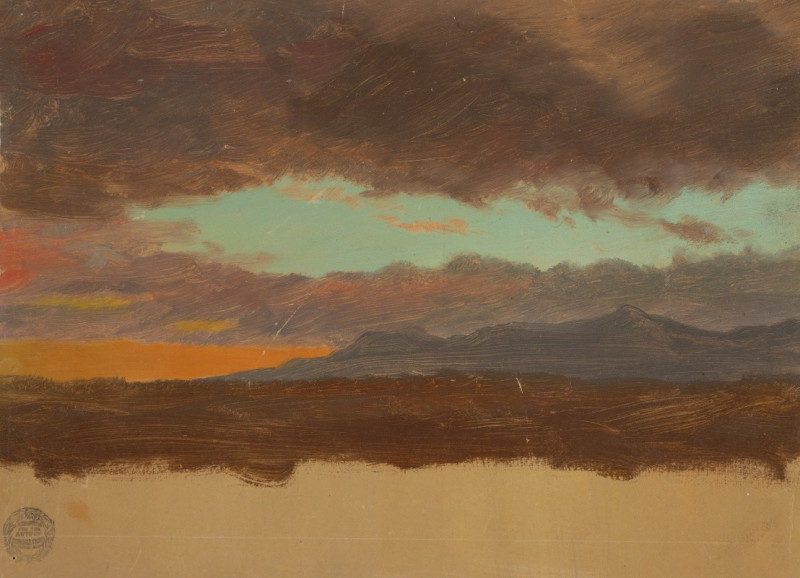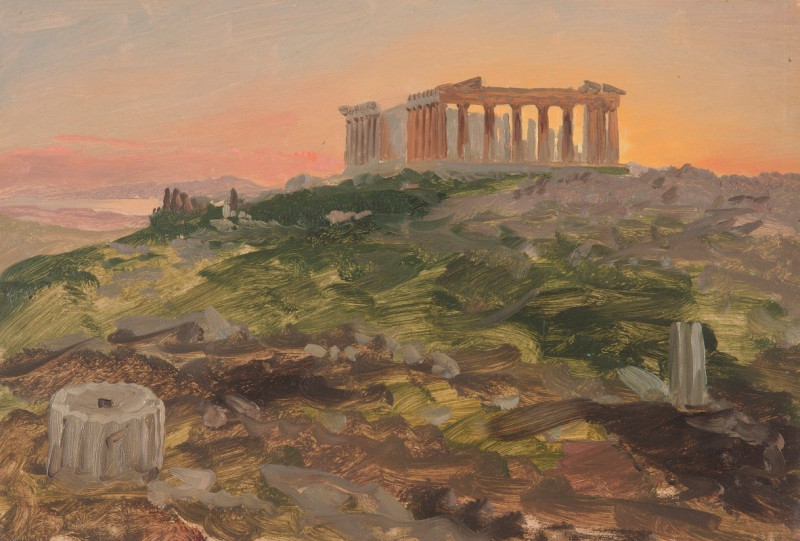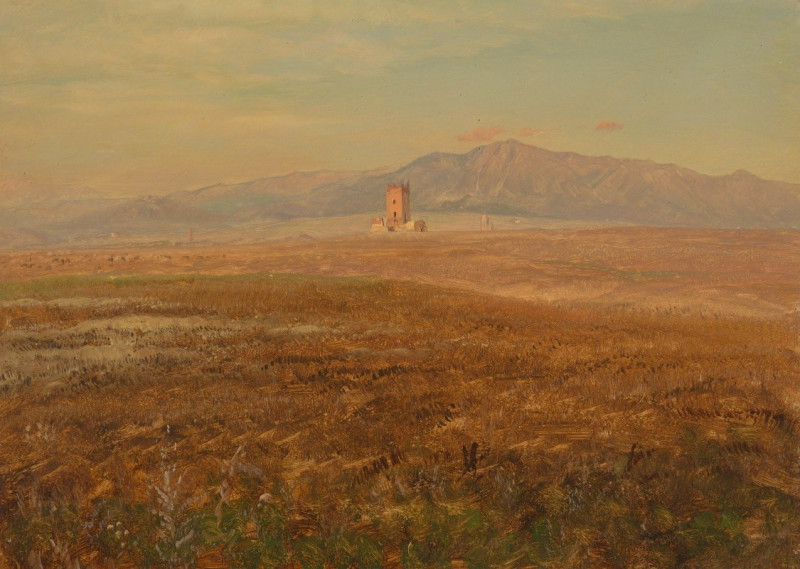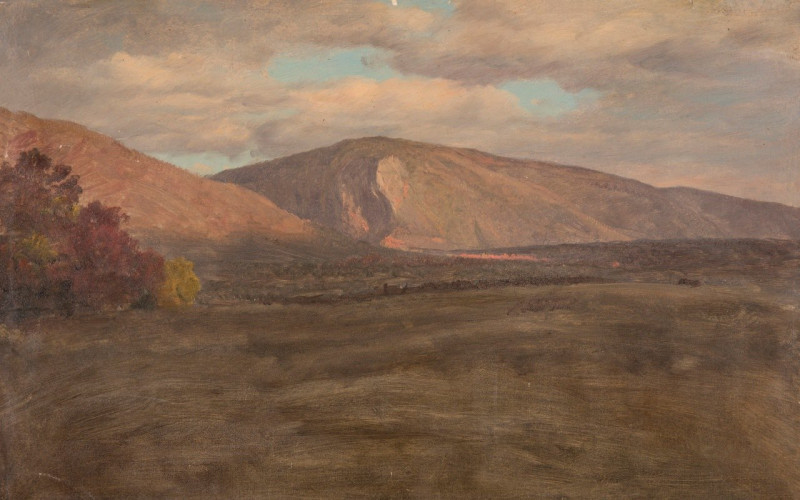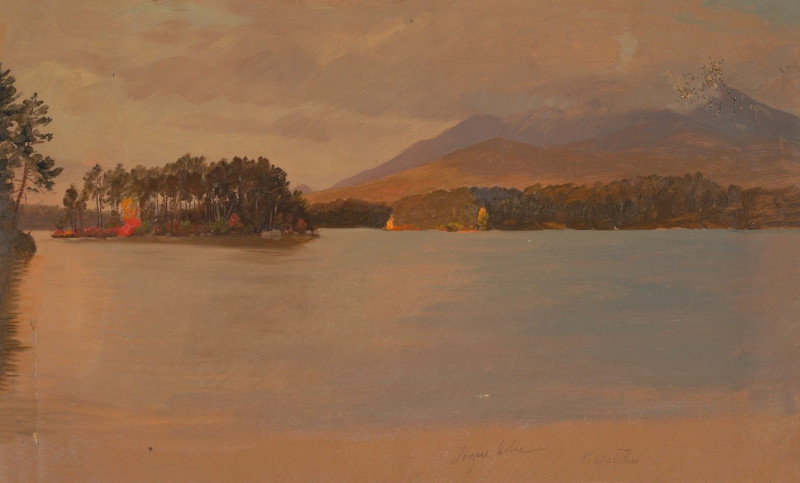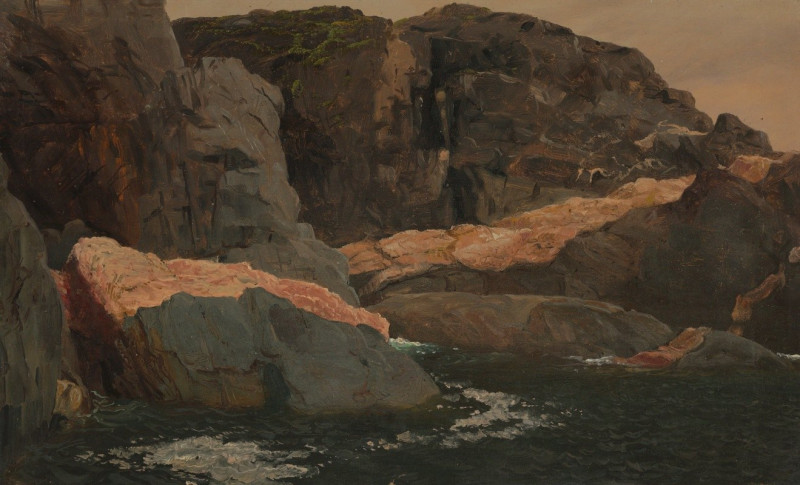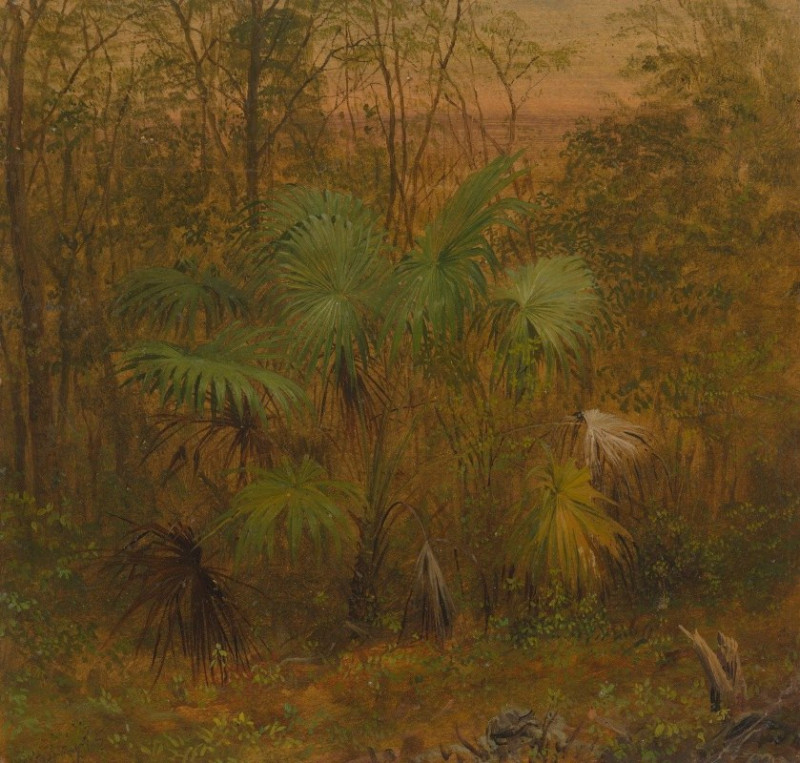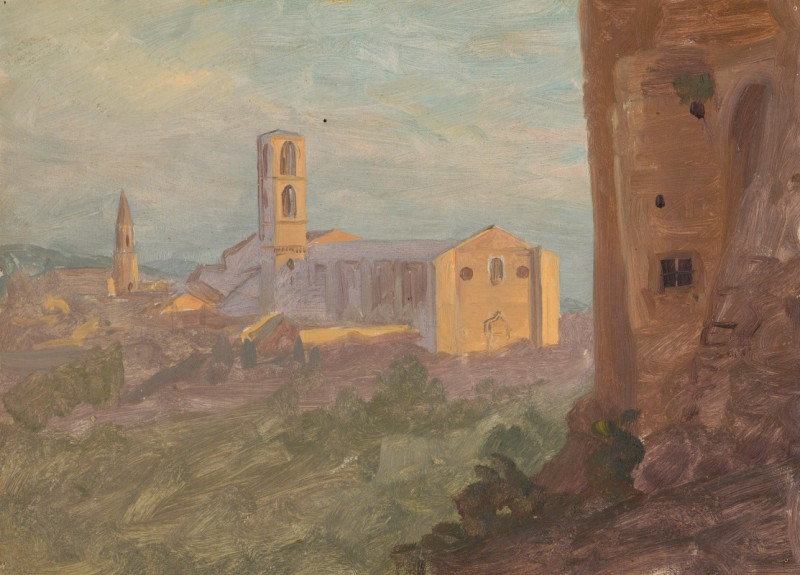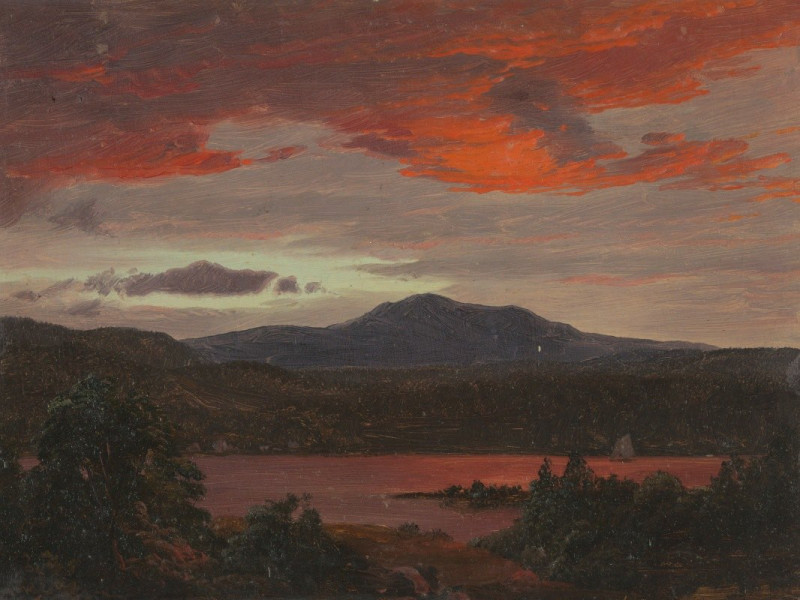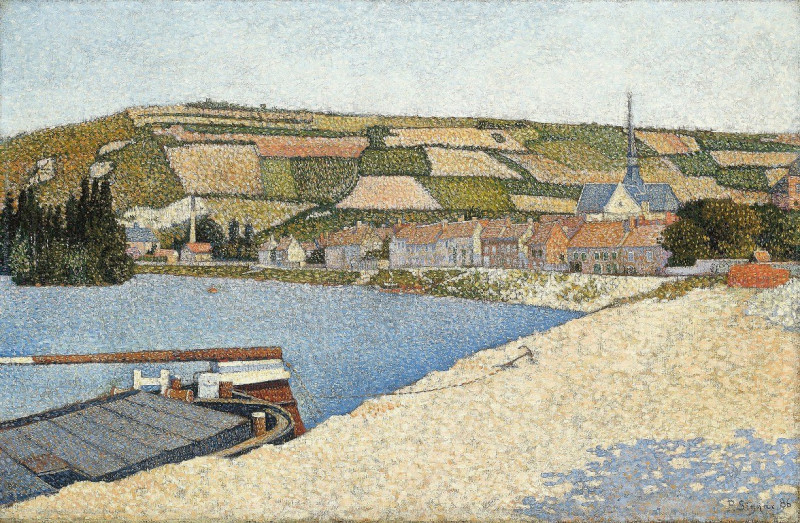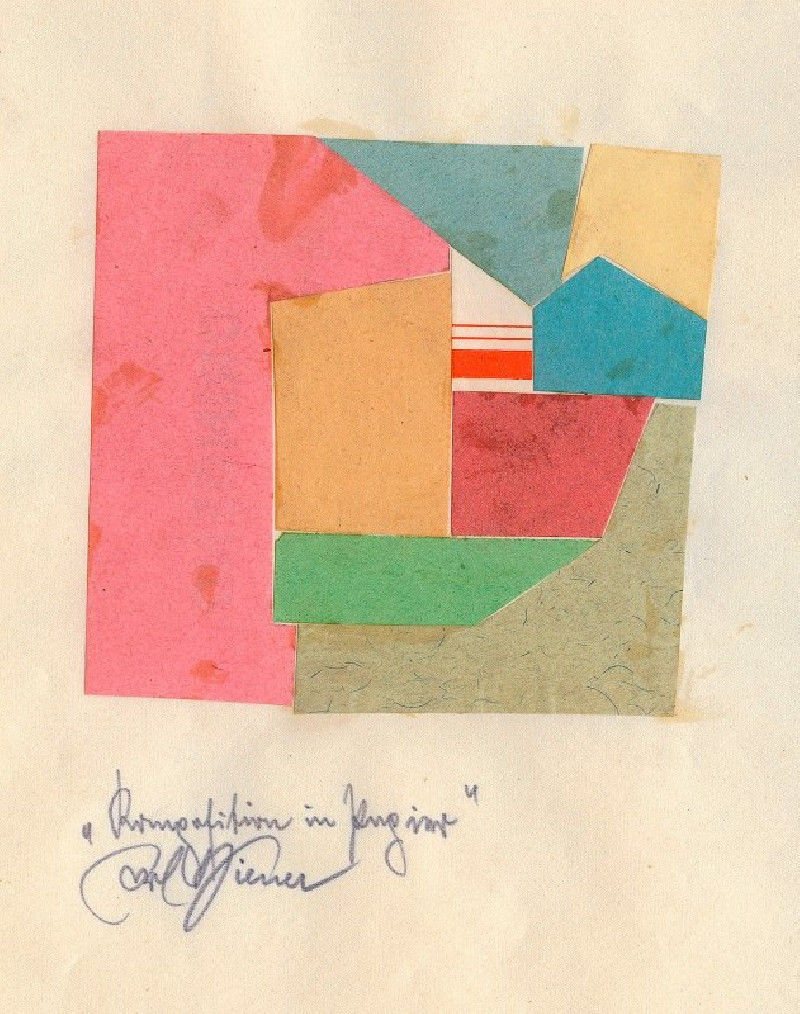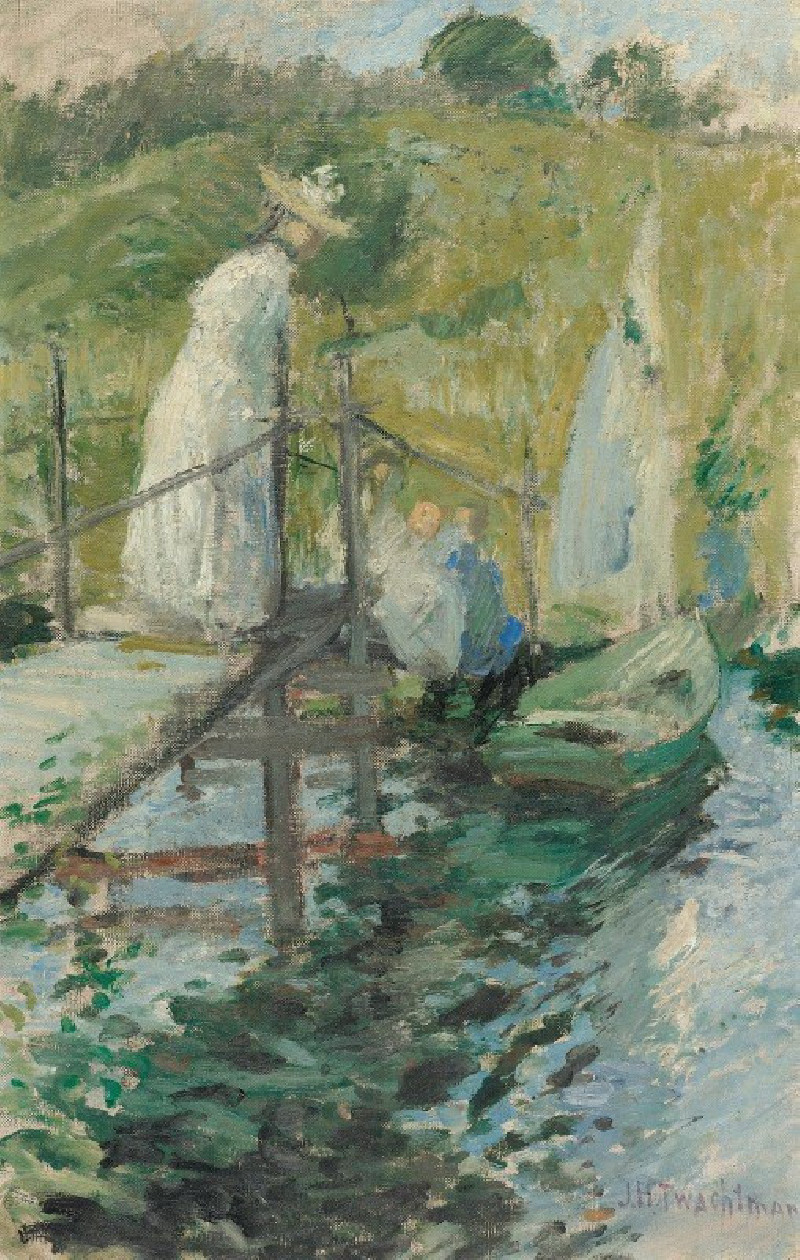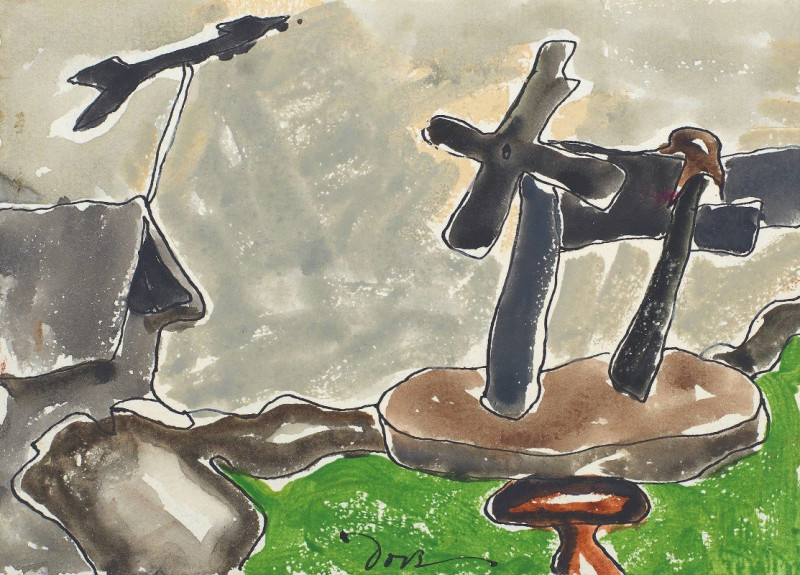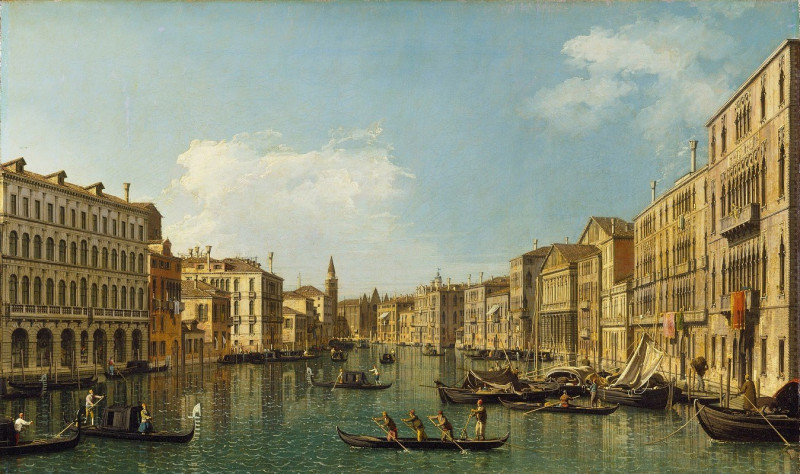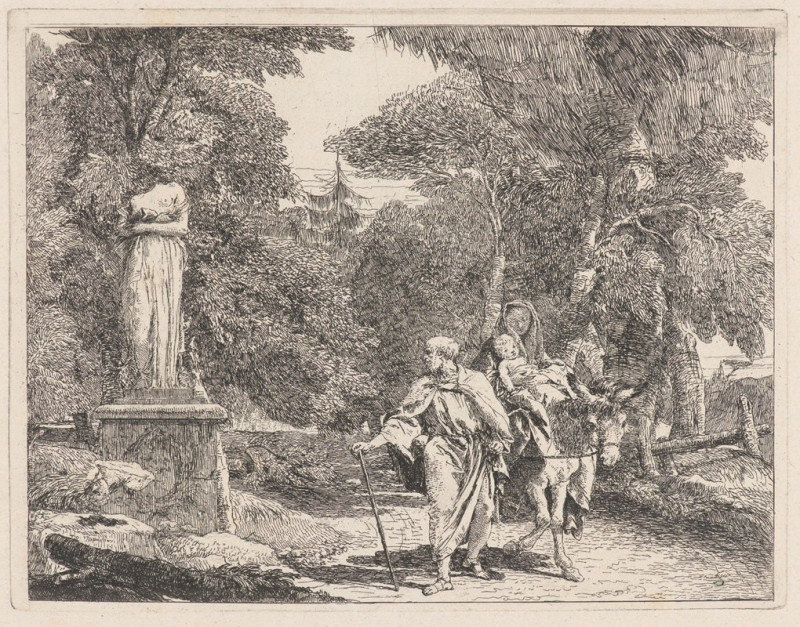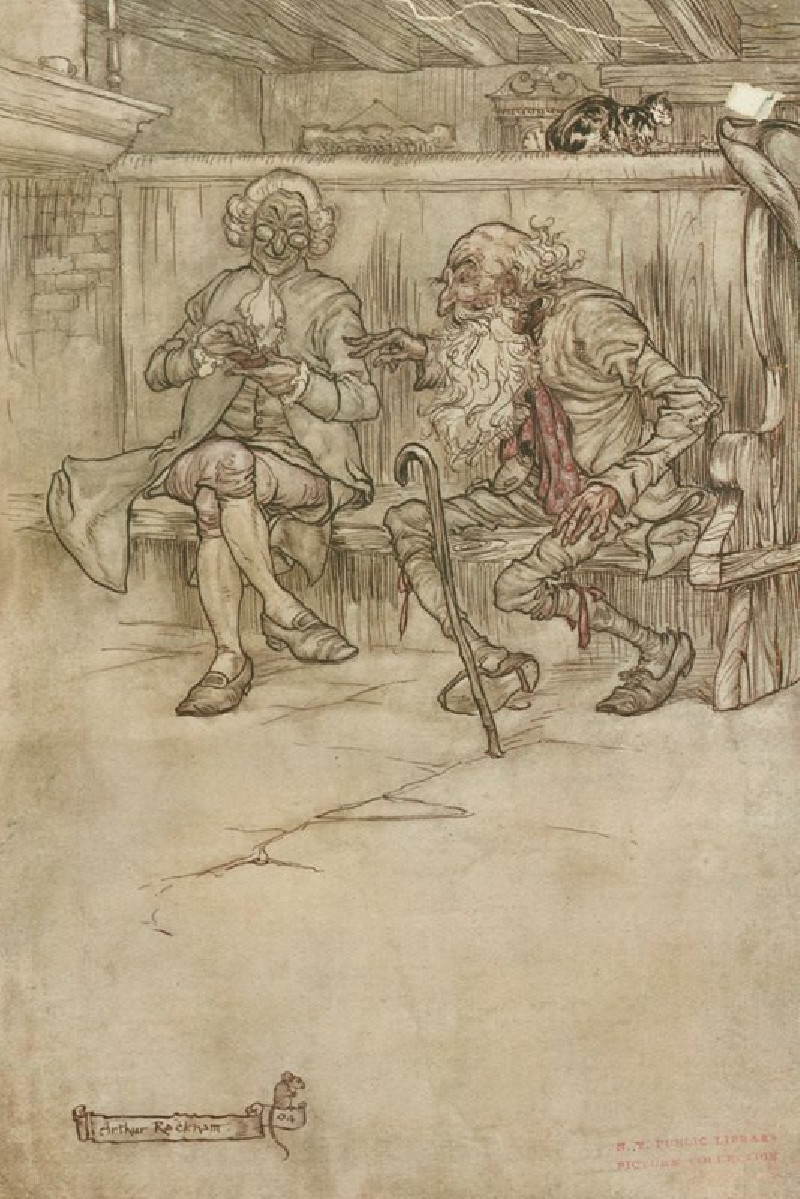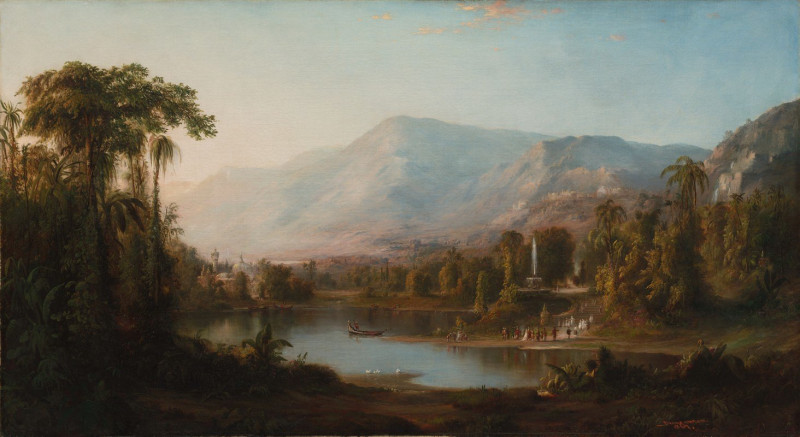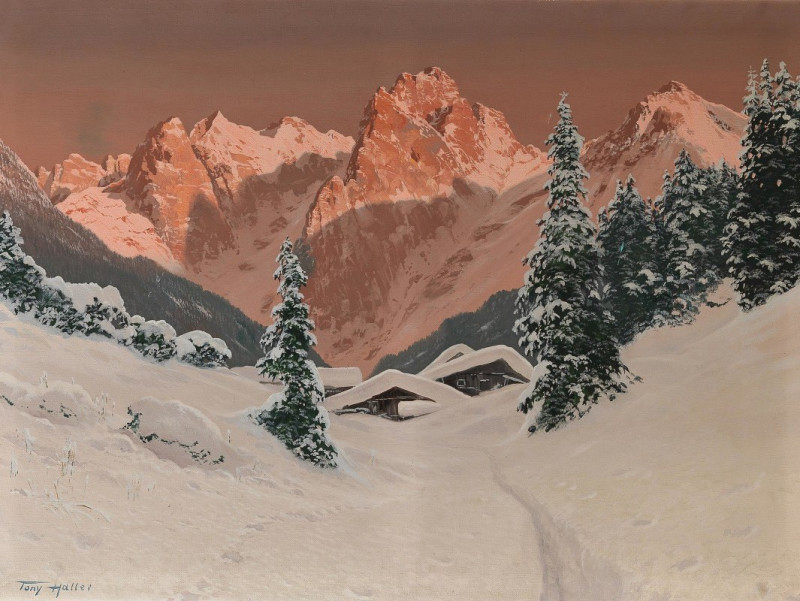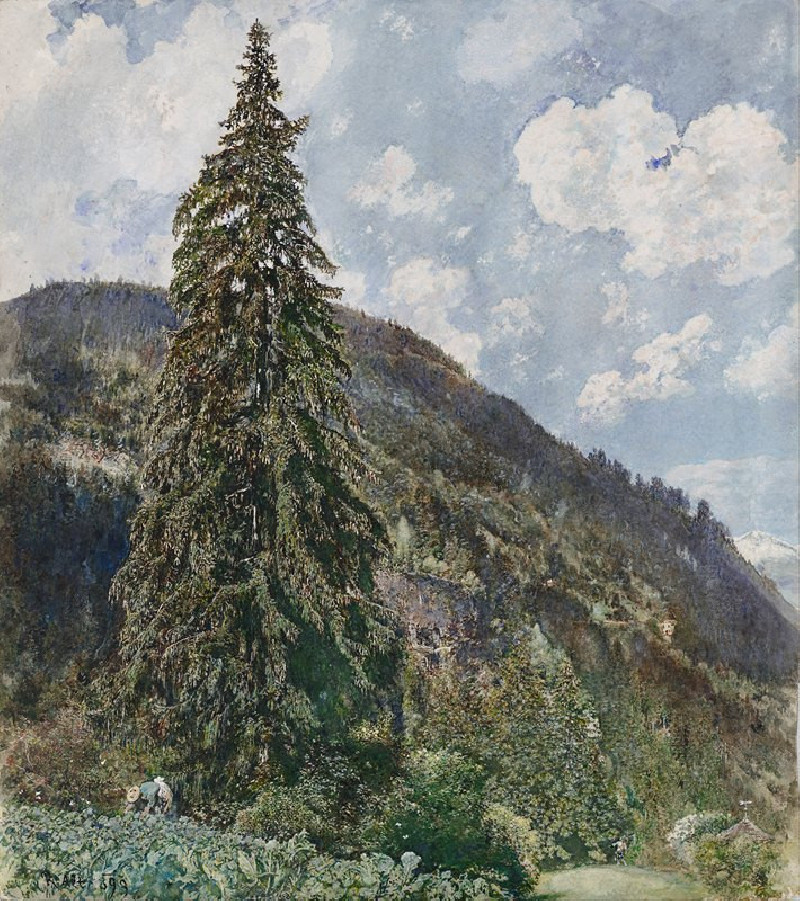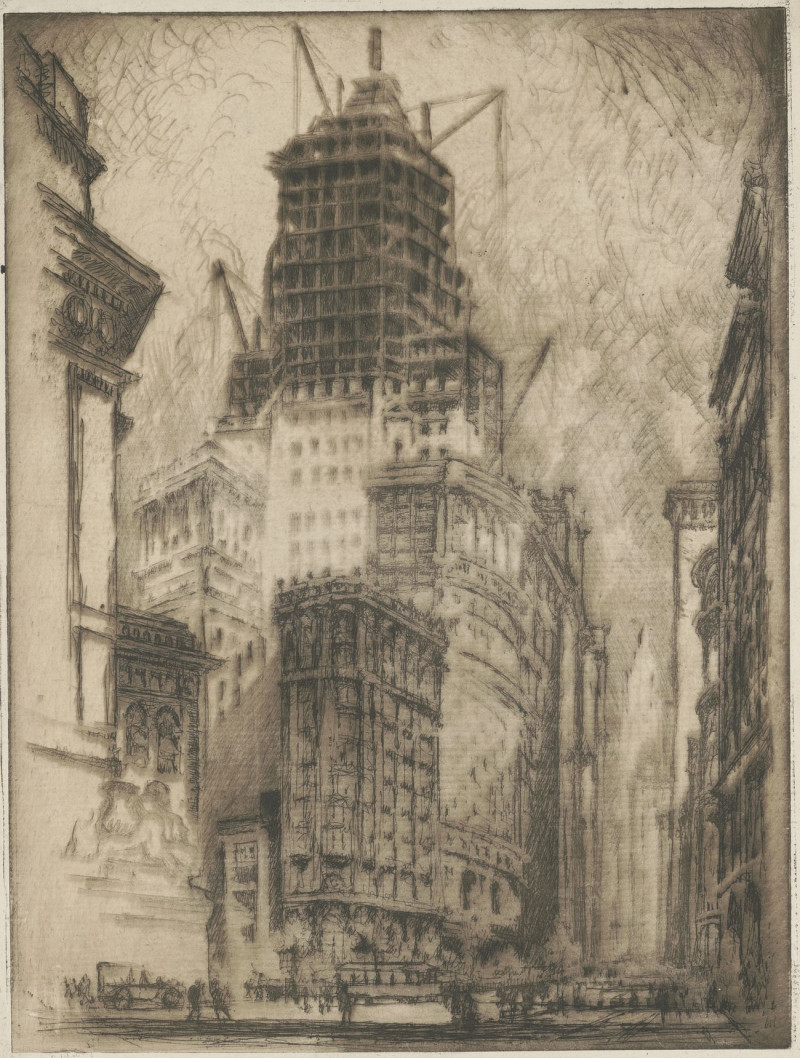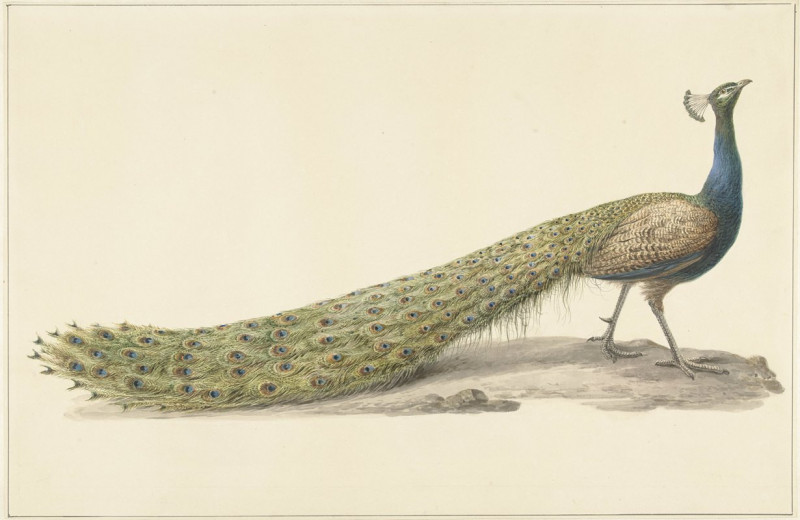Hilly Landscape (1865)
Technique: Giclée quality print
Recommended by our customers
More about this artwork
Dive into the serene embrace of Frederic Edwin Church's "Hilly Landscape" (1865), a masterpiece born from the heart of the famed Hudson River School artist. This enchanting painting captures the essence of a lush, undulating terrain, masterfully conveying the transformative power of light playing upon the hills and valleys.The viewer’s eye is drawn across rolling landscapes, meticulously detailed in varying shades of green and amber, hinting at the richness of nature that often escapes the bustling modern world. The foreground features a darker, densely wooded hill, contrasting strikingly with the lighter, mist-covered hills in the distance, suggesting depth and creating a profound sense of space.In the painting's composition, a lone, delicate tree tilts graciously towards the right—a subtle reminder of nature's resilience and elegance. This tree, paired with the radiant sunlight breaking through the clouds, enhances the painting's dynamic atmosphere, delivering a sense of hope and renewal.As you observe the layers of mountains fading into the horizon, Church’s skilled hand guides you to ponder the infinite beauty of the natural world and its enduring inspiration. "Hilly Landscape" is not just a viewing experience; it is an invitation to reflect, appreciate, and connect with the quieter, oft-overlooked spectacles of our environment.Exemplary of Church's profound ability to capture and interpret natural landscapes, this painting serves as a reminder of the timeless allure of the natural world and its capacity to stir the soul.
Delivery
Returns
Frederic Edwin Church (May 4, 1826 – April 7, 1900) was an American landscape painter born in Hartford, Connecticut. He was a central figure in the Hudson River School of American landscape painters, best known for painting large landscapes, often depicting mountains, waterfalls, and sunsets. Church's paintings put an emphasis on realistic detail, dramatic light, and panoramic views. He debuted some of his major works in single-painting exhibitions to a paying and often enthralled audience in New York City. In his prime, he was one of the most famous painters in the United States.

